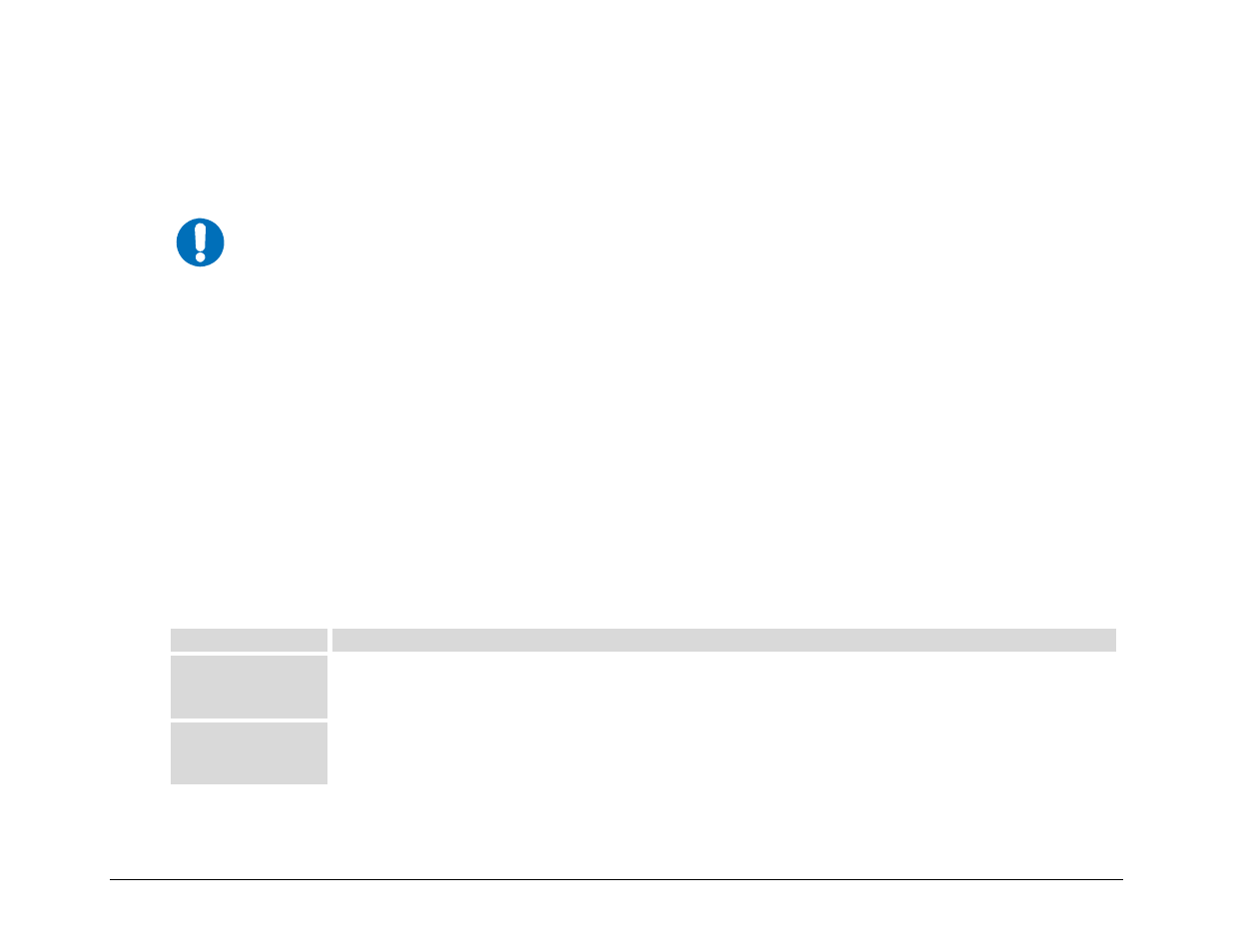C.5.2 target address, C.5.3 address delimiter, C.5.4 instruction code – Comtech EF Data KPA User Manual
Page 100: C.5.5 instruction code qualifier

KPA Ku-Band Indoor Solid-State Power Amplifier
Revision 1
Appendix C
MN/KPA.IOM
C–4
C.5.2 Target Address
Up to 9,999 devices can be uniquely addressed. In both EIA-232 and EIA-485 applications, the permissible range of values is 1 to 9999. It
is programmed into a target unit using the remote control port.
IMPORTANT
The controller sends a packet with the address of a target - the destination of the packet. When the target responds,
the address used is the same address, to indicate to the controller the source of the packet. The controller does not
have its own address.
C.5.3 Address Delimiter
This is the “forward slash” character '/ ' (ASCII code 47).
C.5.4 Instruction Code
This is a three-character alphabetic sequence that identifies the subject of the message. Wherever possible, the instruction codes have been
chosen to have some significance. This aids in the readability of the message if seen in its raw ASCII form. Both upper and lower case
alphabetic characters may be used (A-Z ASCII codes 65-90 and a-z ASCII codes 97-122).
C.5.5 Instruction Code Qualifier
This is a single character, which further qualifies the preceding instruction code. Code Qualifiers obey the following rules:
1. From Controller-to-Target, the only permitted values are:
Symbol
Definition
=
(ASCII code 61)
The = code is used as the assignment operator, and is used to indicate that the parameter defined by the preceding byte
should be set to the value of the argument(s) that follow it.
Example: In a message from Controller to Target, MUT=1 would mean ‘enable the mute function.’
?
(ASCII code 63)
The ? (ASCII code 63) is used as the query operator, and is used to indicate that the Target should return the current value
of the parameter defined by the preceding byte.
Example: In a message from Controller to Target, MUT? would mean ‘return the current state of the mute function.’
